hackberry tree leaves turning brown
Could our tree be sick. In the mid-autumn months these trees yield small dark red berry-like fruits drupes which turn dark purple as they develop.

Hackberry Could Be Dead Because Of Old Decaying Stump
Or wilting soon after leaves emerge in spring.

. Dead branches and twigs often first observed in early spring when no leaves form. The hackberry trees leaves change color in the fall turning yellow before falling off of the tree. WKRN If you have hackberry trees in your yard you might have noticed a black sticky substance coating your car and other objects beneath it.
Hackberry and Sugarberry the Louisiana version have a fleshy globose drupe 14 to 38 inch in diameter turning reddish to dark purple when ripe and edible. Leaves failed to develop normally so the leaves are ragged or uneven in appearance with small irregular strips of. Common Hackberry Celtis Occidentalis Brown Dying Or Scorched Tree Leaves Bacterial Leaf Scorch Faqs Organic Plant Care Llc Flemington Nj.
Premature leaf drop can occur during heavy infestations. This winter visitor from the north and the only native lark of North America will rarely if ever be seen perched in a tree or even a low shrub for it is a creature of the ground where it both feeds and nests. These intruders prefer to feed on the underside of their leaves especially the parts that are very rich in sap.
Not hairy on the undersurface. Brown leaves on the inner part of Emerald cedars are normal during fall and spring but leaves turning brown at the. They overwinter as eggs on the tree and emerge in the spring with new leaf growth.
The leaves dried out turned brown and then dropped. We have a tree that looks like a Hackberry and even has pea-sized berries but the leaves are larger. This is best done by a professional or reputable tree removal service.
Leaves on hackberry trees are simple leaves that are arranged alternately on crooked branches. Hackberry disease 269208. Another key feature of the hackberry is its bark -- the young bark is smooth and light greyish-brown in colour and matures into a darker greyish-brown colour with corky irregular ridges and a warty texture.
It is also known as the nettletree sugarberry beaverwood northern hackberry and American hackberry. Yellow discolorations on upper leaf surface above the nipple galls. This heat-loving and sun-loving tree grows between 20 and 30 ft.
While all the other trees in the area are green from the recent rains the leaves on this tree are turning yellow and falling off. Raised cushion-like bumps on affected branches may be cream to orange or red turn black with age. Hackberry nipple gall Pachypsylla celtidismamma.
Hackberry which has the scientific name of Celtis occidentalis is a perennial tree that sheds its leaves annually and belongs to the flowering genus Celtis and the family Umaceae. The hackberry trees leaves change color in the fall turning yellow before falling off of the tree. The leaves are turning brown and are falling down a lot in the last weekThe leaves have the whitish wart-like bumps on the underside and they also have black tiny dots covering the leaf.
The leaves are ovoid and the flowers are greenish-white. It is a moderately long-lived hardwood with a light-colored wood yellowish gray to light brown with yellow streaks. Potential hackberry growers should also know that a condition known as hackberry nipple gall is among the most common disease to infect these trees -- it will cause both raised bumps on the leaves as well as discoloration.
Circular nipple-like swellings that project from the undersides of leaves. The only pests that can bother your Hackberries are those that feed on their foliage such as lace bugs. The Hackberry twigs are characteristically zigzaggy with no terminal bud.
Such an infection may have damaged the tree. Asked August 10 2015 756 PM EDT. Sunken dark brown area on branch that is often cracked or has a ridge at the edge.
Hackberry have distinct gray or light brown bark smooth with corky. 15 21 m tall and 30 to 80 ft. Celtis occidentalis commonly known as the common hackberry is a large deciduous tree native to North America.
18th to 316th long. Of course the problem also can be simply due to drought. Common varieties of hackberry include green cascade magnifica prairie.
The tree likes Sun to half-shade at the location and the soil should be sandy to loamy tolerates dryness. This tree could be suffering from multiple issues. Adults are light brown with flecks of creamish-white and look like miniature cicadas.
Common Trees That Lose Their leaves in Spring. There are tiny black winged bugs with tinier babies all over the. My Hackberry tree appears to have 2 diseases going on.
I dont have one of those trees so why are my trees leaves falling in spring. In certain cases consecutive brown spotting on leaves may be due to a bigger infection. The symptoms appear to have followed this progression.
If your fallen tree leaves appear curled spotted or brown anthracnose could be the issue. The browning of the hackberry Celtis occidentalis leaves is probably due to lace bugs. The netleaf hackberry is a small deciduous tree with brownish-gray bark lance-shaped leaves small clusters of flowers and reddish-brown to purple berries.
The small 2 to 6 inch long green stems of new growth fell as well. Its a seasonal nuisance for. If you notice numerous leaves that turn brown and fall over it may be a sign that your beloved trees are dealing with lace bugs.
This can be due to several factors including insects diseases and even dog urine. As an energy-efficient shade tree the hackberrys resilience makes it a great choice for almost any landscape providing there is adequate room for its deep root system. Leaf margins are serrate and may be somewhat pubescent hairy below.
Emerald cedar or Emerald Green arborvitae commonly develops brown leaves in summer. Anthracnose is the catch-all name for different fungal diseases that attack all kinds of trees. The leaves of Common hackberry are glossy green ovate-lanceolate acuminate and the base is rounded and asymmetric.
Raised cushion-like bumps on affected branches may be cream to orange or red turn black with age. Under such circumstances outright removal of the tree or plant may be necessary. Also known as American hackberry common hackberry Celtis occidentalis is a fast-growing member of the elm family.
6 10 m high. They are 6 - 10 cm 25 39 in long and 25 5 cm 1.
Common Hackberry Celtis Occidentalis

What Has Happened To My Hackberry Trees Tree Shepherds
Celtis Occidentalis Hackberry Minnesota Wildflowers
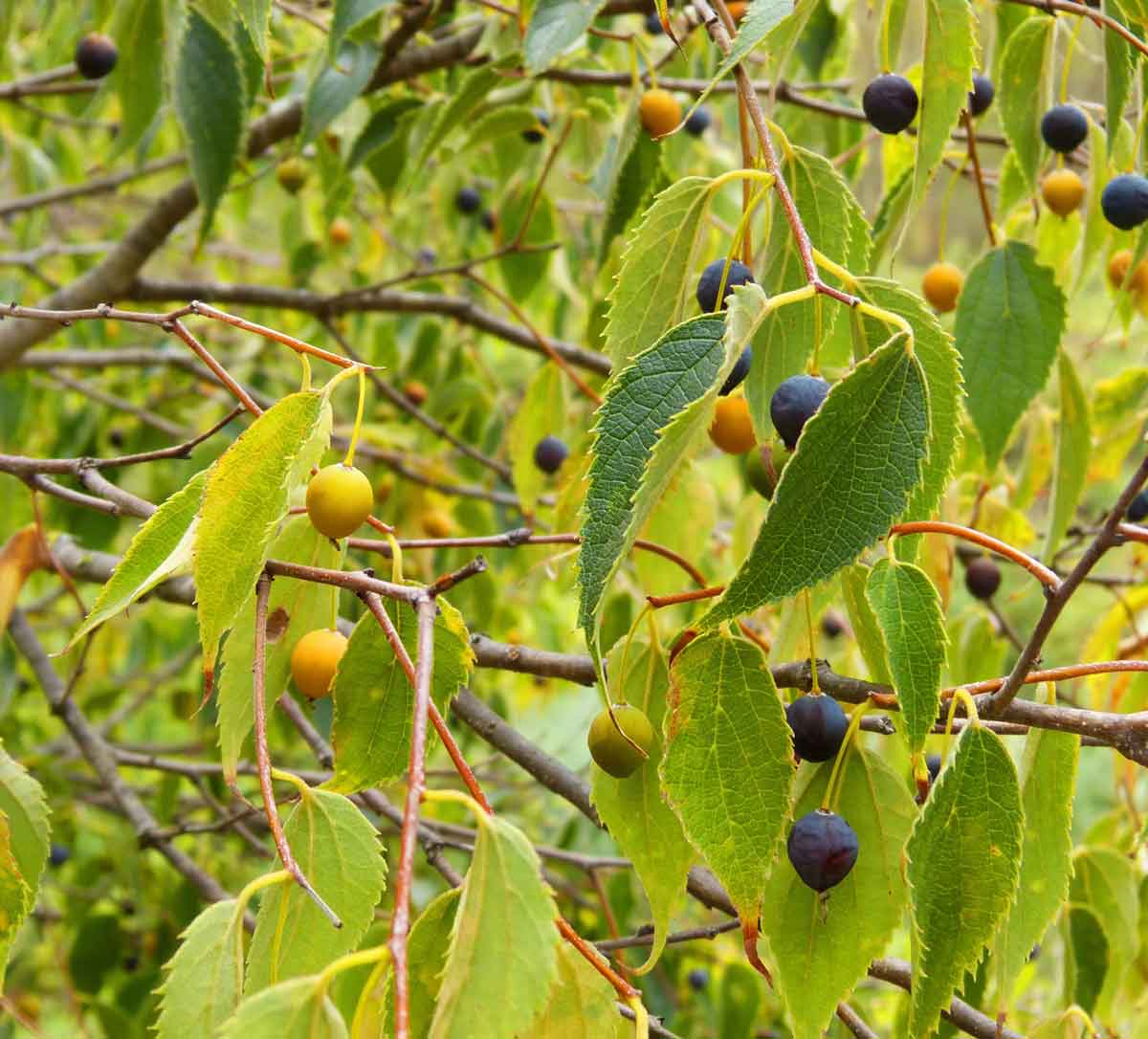
Hackberry Celtis Occidentalis Learning Stations At Ariel Foundation Park
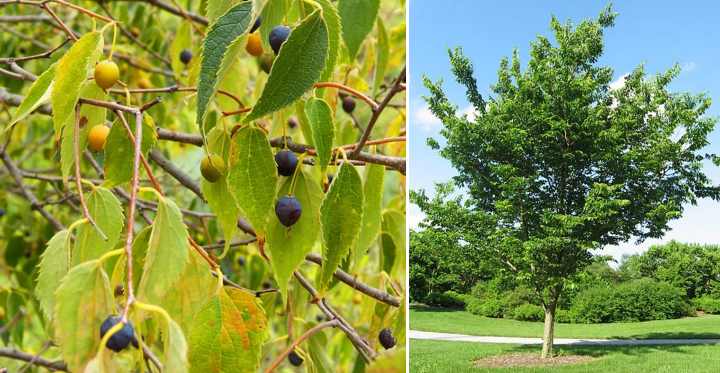
Hackberry Trees Celtis Common Types Leaves Bark Fruit Pictures Identification

Hackberry Ohio Department Of Natural Resources

Hackberry Trees Of Manitoba Inaturalist

The Hackberry Tree The Full Guide The Magic Beans
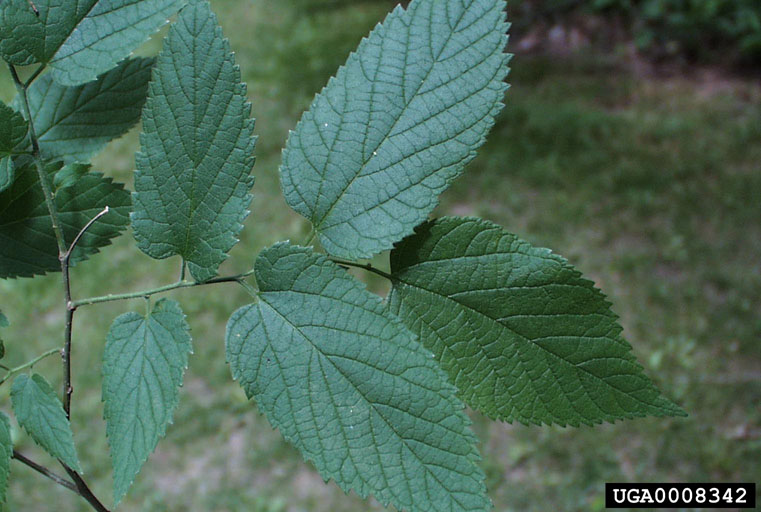
Common Hackberry Umn Extension

What S Wrong With My Plant Garden University Of Minnesota Extension
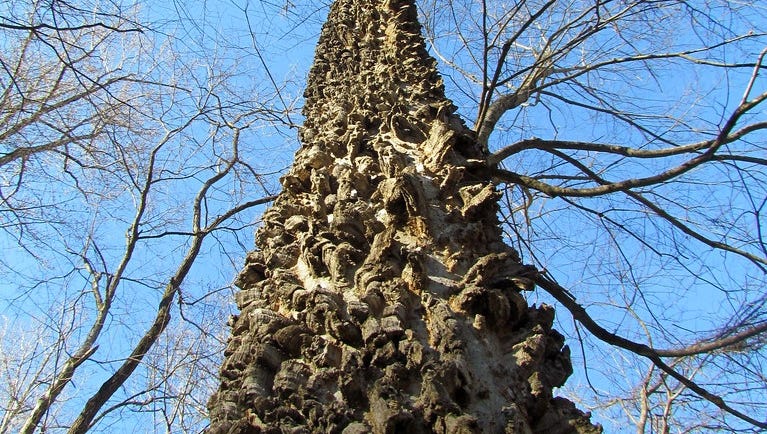
Hackberry Trees Are Under Attack
/red-buckeye-tree-care-and-growing-guide-5095549-hero-76e34b17405c48a990ea24e988c363b5.jpg)
Hackberry Tree Care And Growing Guide
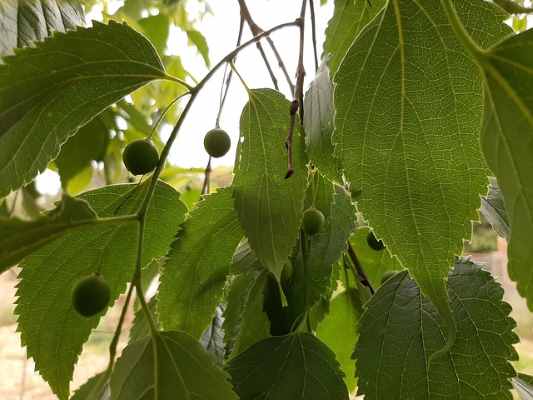
Hackberry Trees Celtis Common Types Leaves Bark Fruit Pictures Identification
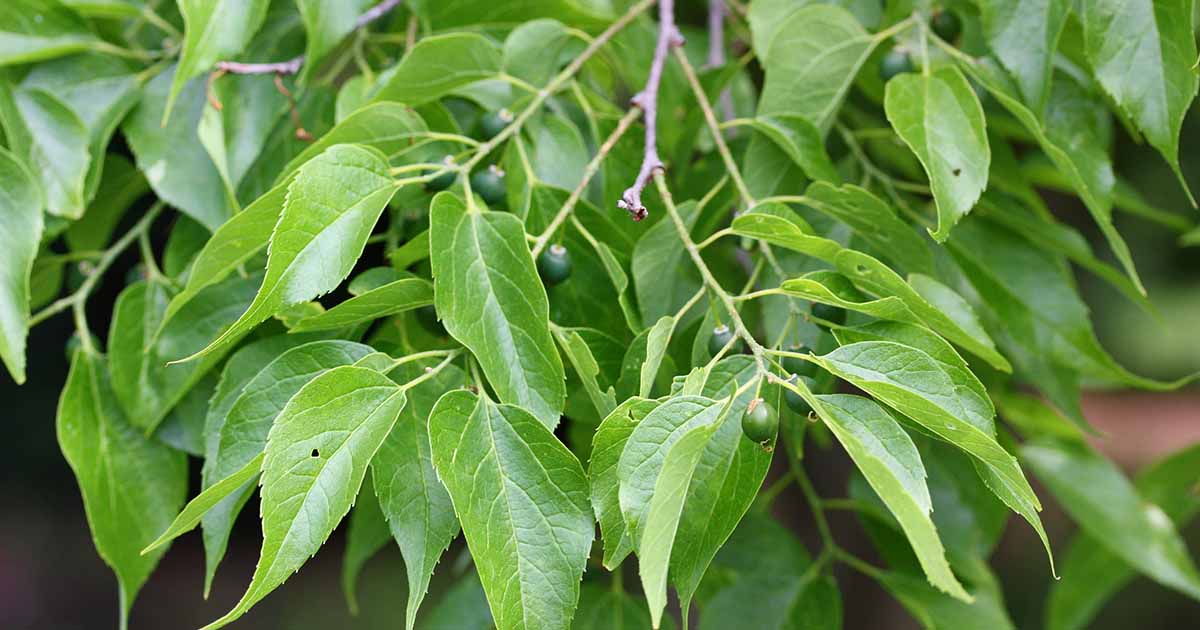
How To Grow Hackberry Trees Gardener S Path
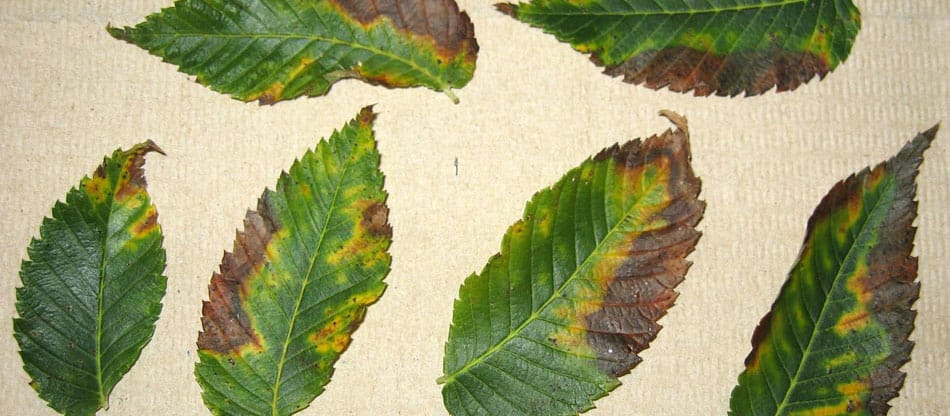
Brown Dying Or Scorched Tree Leaves Bacterial Leaf Scorch Faqs Organic Plant Care Llc Flemington Nj
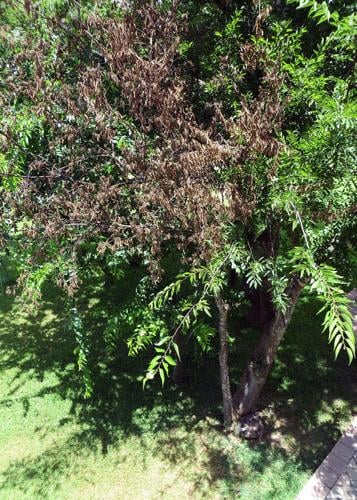
Sperry Hackberry Tree May Have Unseen Decay Latest Headlines Wacotrib Com
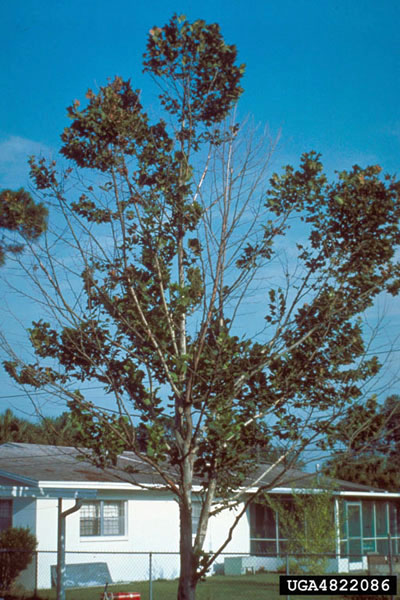
What S Wrong With My Plant Garden University Of Minnesota Extension
